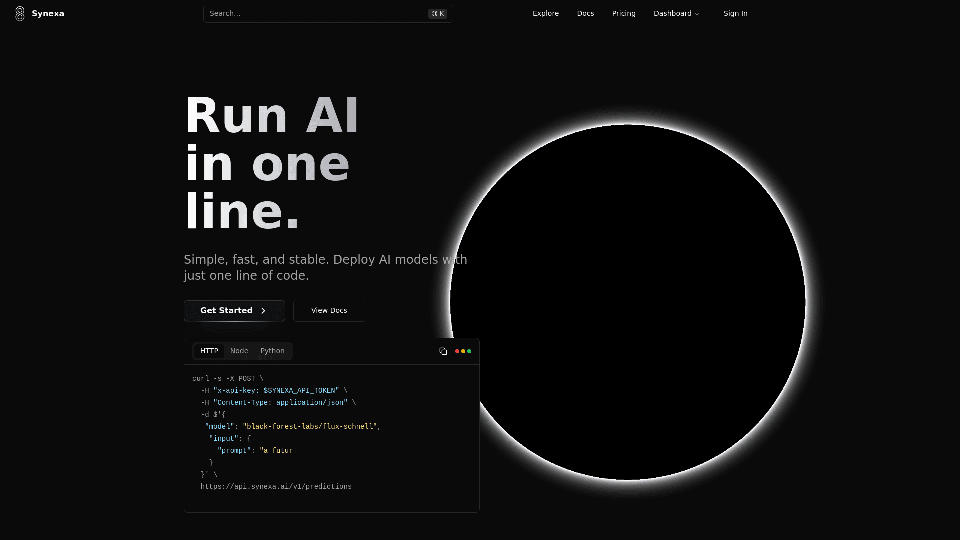What's No-Code AI?
Definition
No-Code AI refers to platforms that allow users to build AI applications without the need for programming skills. These platforms utilize visual interfaces, such as drag-and-drop features, to enable users to design, deploy, and manage machine learning models effortlessly.
Importance
- Democratization of AI: No-code AI empowers non-technical users to create AI models, making AI accessible to a broader audience.
- Cost-Effective: Reduces the need for specialized data science teams, lowering the financial barrier for AI adoption.
- Time-Saving: Speeds up the development process, allowing for rapid prototyping and iteration.
Benefits of No-Code AI
Accessibility
- User-Friendly Interfaces: Visual tools make it easy for anyone to build and deploy AI models.
- Broad Adoption: Facilitates the use of AI across various sectors without requiring technical expertise.
Efficiency
- Reduced Development Time: Allows for faster creation and deployment of applications.
- Focus on Business Needs: Enables domain experts to apply their knowledge directly to AI model development.
Cost Reduction
- Lower Staffing Requirements: Decreases the need for large data science teams.
- Affordable Solutions: Many no-code platforms offer scalable pricing models suitable for businesses of all sizes.
How to Use No-Code AI
Getting Started
- Select a Platform: Choose a no-code AI platform that fits your business needs, such as Zoho Creator or Microsoft PowerApps.
- Define Objectives: Clearly outline what you aim to achieve with AI, whether it's automating tasks or enhancing customer interactions.
- Prepare Data: Collect and organize the data you will use to train your AI models.
Building AI Models
- Drag-and-Drop Tools: Use the platform's visual interface to create workflows and models.
- Pre-Built Templates: Leverage available templates to accelerate the development process.
- Integration: Connect with existing business tools for seamless data flow and automation.
Deployment and Management
- Testing: Validate models to ensure they meet your objectives.
- Monitoring: Use built-in analytics to track performance and make necessary adjustments.
- Scalability: As your needs grow, scale your AI models to handle increased data and complexity.
Conclusion
No-code AI platforms are revolutionizing how businesses approach AI by making it accessible, efficient, and cost-effective. By empowering non-technical users, these platforms enable rapid innovation and adaptation in a competitive landscape. As the technology matures, its role in democratizing AI will only expand, making it an indispensable tool for modern enterprises.
